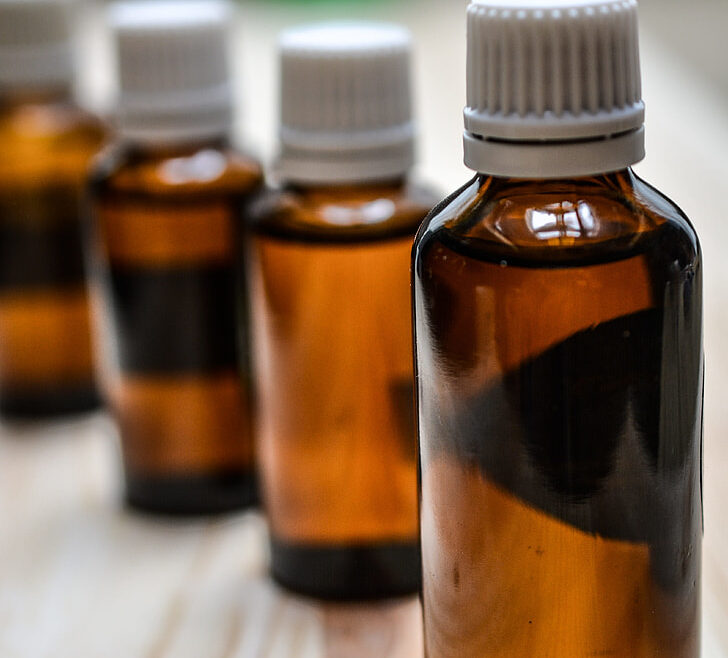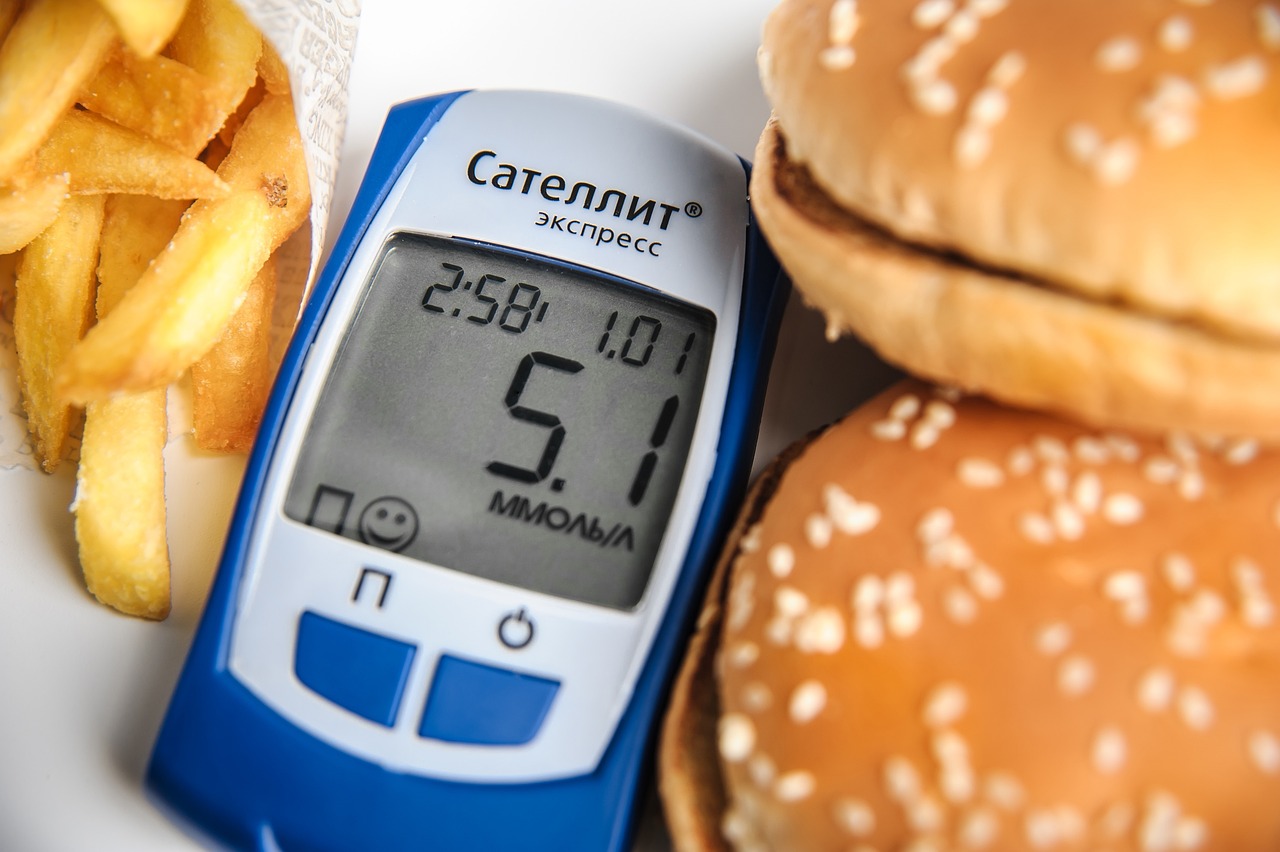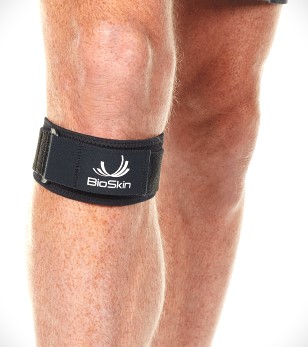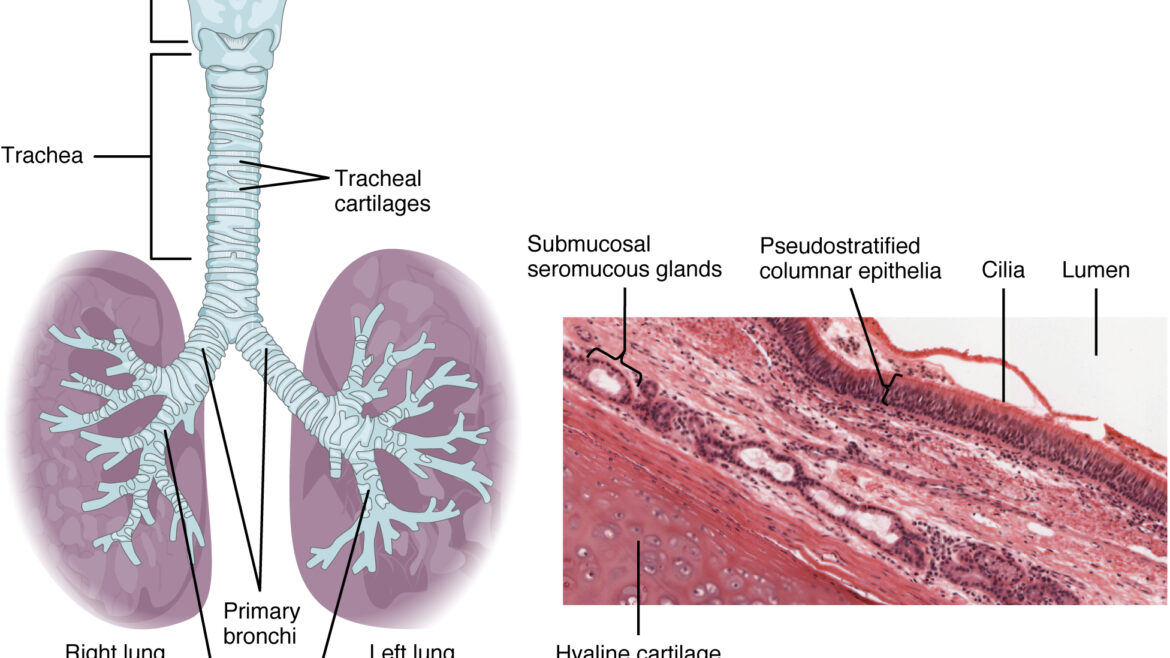Busy Lifestyles and Fitness: Thriving Amidst the Hustle
https://icdrc.org/wp-content/uploads/2024/06/WhatsApp-Image-2024-06-26-at-18.34.46_b24504f0-1024x1024.jpg 1024 1024 admin admin https://secure.gravatar.com/avatar/693ccb227eb6527287caaa4e9eb13c6e?s=96&d=mm&r=gIn our fast-paced world, carving out time for fitness can seem overwhelmingly difficult due to the constant juggle of work, family, and social commitments. With the demands of daily life often making it feel nearly impossible to fit in a workout, prioritizing fitness may seem like a monumental challenge. Work commitments consume significant hours, leaving little energy for exercise. Family responsibilities, from caring for children to managing household chores, further deplete available time and energy. Social obligations, such as attending events and maintaining relationships, add another layer of complexity to our schedules. Despite these challenges, maintaining a healthy lifestyle amid the hustle is not only achievable but essential for overall well-being. Physical activity provides a range of benefits, from improved mental health and increased energy levels to enhanced productivity and better sleep quality.
The Importance of Fitness in a Busy Lifestyle
Before diving into the how, let’s briefly touch on why fitness is crucial, especially for those with packed schedules. Regular physical activity offers numerous benefits, including:
Engaging in regular exercise significantly enhances mental health by releasing endorphins, which serve as natural mood elevators, effectively reducing stress, anxiety, and symptoms of depression. This improvement in mental well-being helps you remain mentally sharp and focused. Additionally, contrary to the common belief that exercise depletes energy, it actually boosts stamina and mitigates fatigue by enhancing cardiovascular health. This increase in energy levels contributes to heightened productivity, as physical activity improves blood flow to the brain, thereby enhancing cognitive function, concentration, creativity, and problem-solving skills. Furthermore, consistent exercise regulates sleep patterns, making it easier to fall asleep and wake up refreshed, thereby improving sleep quality.
With these benefits in mind, let’s explore how you can incorporate fitness into a busy schedule.
Strategies for Incorporating Fitness into a Busy Schedule
1. Prioritize and Schedule Your Workouts
One of the most effective ways to ensure you stay active is to treat your workouts like any other important appointment. Schedule them into your calendar and stick to the plan. Consider the following tips:
- Incorporating morning workouts into your routine can be a transformative practice, offering numerous benefits that set a positive tone for the rest of the day. Exercising in the morning can jumpstart your metabolism, helping your body burn calories more efficiently throughout the day. Additionally, morning workouts enhance your mood by triggering the release of endorphins, those natural mood lifters that leave you feeling happier and more energized. By getting your workout done early, you also ensure that you prioritize your physical health before the day’s responsibilities and unexpected events can interfere, making it easier to maintain consistency in your fitness routine.
- For those with limited time, short and intense workouts like High-Intensity Interval Training (HIIT) can be particularly effective. HIIT involves alternating between brief bursts of intense exercise and short rest periods, making it possible to achieve a highly efficient workout in as little as 10 to 30 minutes. This approach not only saves time but also maximizes calorie burn and improves cardiovascular health in a short span.
2. Incorporate Physical Activity into Daily Routines
You don’t need a gym to stay active. Integrate movement into your daily life with these simple adjustments:
- Incorporating physical activity into everyday routines beyond dedicated workout sessions is key to maintaining fitness in a busy lifestyle. Active commuting offers a practical way to integrate movement into your day. If feasible, opting to walk or bike to work not only reduces environmental impact but also provides an opportunity to engage in physical exercise. For those using public transportation, simply getting off one stop earlier and walking the remaining distance can add valuable steps to your daily routine, promoting cardiovascular health and contributing to overall fitness goals.
- Sedentary work environments can pose health risks due to prolonged sitting. To counteract this, desk exercises offer a convenient solution. These exercises, such as leg lifts, seated marches, or using a stability ball as a chair to engage your core muscles, can be seamlessly incorporated into your workday. They help prevent muscle stiffness, improve circulation, and maintain energy levels throughout the day. By taking brief breaks to perform these exercises, you can enhance both physical well-being and productivity, ensuring that your workday remains active and dynamic.
3. Make the Most of Small Time Slots
Even the busiest schedules have small pockets of free time. Use these wisely:
- Incorporating short, effective workouts into your daily routine can make a significant difference in maintaining fitness amidst a busy schedule. Despite time constraints, 5-minute workouts offer a powerful way to stay active throughout the day. Taking advantage of brief breaks, such as those between tasks or during work breaks, allows you to perform bodyweight exercises like squats, push-ups, or planks. These exercises engage multiple muscle groups, promoting strength, endurance, and overall fitness in just a few minutes. By consistently integrating these short bursts of activity into your day, you not only boost metabolism and calorie burn but also enhance energy levels and mental clarity, making it easier to tackle tasks with renewed focus.
- Stretching and mobility exercises are equally essential for maintaining flexibility and reducing muscle tension, especially for individuals with sedentary lifestyles or those engaged in repetitive tasks. Incorporating stretching into your daily routine, whether it’s during breaks, while watching TV, or waiting for your coffee to brew, offers numerous benefits. Stretching helps improve range of motion, prevent injury, and alleviate stiffness caused by prolonged sitting or physical exertion. It also promotes relaxation and stress reduction by releasing muscle tension and improving circulation.
4. Leverage Technology and Apps
Technology can be a great ally in maintaining fitness. There are countless apps and online resources designed to help you stay active:
- Fitness apps and online classes have revolutionized how individuals can access and engage with fitness routines, offering convenient and diverse options to suit various preferences and schedules.
- Fitness apps such as MyFitnessPal, 7 Minute Workout, and Nike Training Club provide accessible solutions for both beginners and seasoned fitness enthusiasts. These apps offer guided workouts tailored to specific fitness goals, whether it’s weight loss, strength building, or overall fitness improvement. They often include customizable features, allowing users to personalize their workout routines based on their fitness level and preferences. Additionally, fitness apps typically incorporate tracking features to monitor progress, track calories burned, and log nutritional intake, providing valuable insights and motivation to stay on track with health and fitness goals.
- Online platforms like YouTube and fitness subscription services expand the repertoire of accessible fitness resources even further. These platforms host a vast array of workout videos led by professional trainers and fitness experts, covering a wide range of disciplines including yoga, dance, aerobics, and strength training.
5. Involve Family and Friends
Certainly! Here’s a more focused paragraph on the benefits of involving family and friends in fitness:
Incorporating fitness into your social life by involving family and friends can transform exercise from a solitary task into an enjoyable group activity. By sharing workouts or outdoor activities together, such as hiking, playing sports, or attending fitness classes, you not only motivate each other but also strengthen your relationships. These shared experiences foster a sense of camaraderie and support, making fitness a sustainable and enjoyable part of your lifestyle.
6. Mindset and Motivation
Your mindset plays a crucial role in maintaining a fitness routine. Here are some tips to stay motivated:
- Fitness apps and online classes have revolutionized how individuals can access and engage with fitness routines, offering convenient and diverse options to suit various preferences and schedules.
- Fitness apps such as MyFitnessPal, 7 Minute Workout, and Nike Training Club provide accessible solutions for both beginners and seasoned fitness enthusiasts. These apps offer guided workouts tailored to specific fitness goals, whether it’s weight loss, strength building, or overall fitness improvement. They often include customizable features, allowing users to personalize their workout routines based on their fitness level and preferences. Additionally, fitness apps typically incorporate tracking features to monitor progress, track calories burned, and log nutritional intake, providing valuable insights and motivation to stay on track with health and fitness goals.
Sample Busy Lifestyles Workout Plan
Here’s a sample workout plan for a busy individual:
Morning Routine
- Monday: 20-minute HIIT workout
- Tuesday: 30-minute brisk walk or jog
- Wednesday: 15-minute strength training (bodyweight exercises)
- Thursday: 20-minute yoga or stretching
- Friday: 20-minute HIIT workout
- Saturday: 45-minute outdoor activity (hiking, biking, etc.)
- Sunday: Rest or gentle stretching
Lunchtime Routine
- Monday, Wednesday, Friday: 10-minute walk after lunch
Evening Routine
- Tuesday, Thursday: 10-minute bodyweight exercises or stretching before bed
Overcoming Common Obstacles
1. Lack of Time
- Solution: Prioritize short, effective workouts like HIIT. Incorporate movement into daily tasks and use small time slots wisely.
2. Fatigue
- Solution: Exercise can actually boost energy levels. Start with low-intensity activities and gradually increase intensity as your stamina improves.
3. Lack of Motivation
- Solution: Set realistic goals, track progress, and reward yourself. Involve friends or family for added accountability and fun.
4. Limited Access to Facilities
- Solution: Use bodyweight exercises that require no equipment. Utilize online resources and fitness apps for guided workouts.
5. Work Travel
- Solution: Pack portable fitness equipment like resistance bands. Use hotel gyms or do bodyweight exercises in your room. Maintain a routine even when on the road.
Conclusion
Balancing fitness within a hectic and demanding lifestyle presents undeniable challenges, yet with strategic approaches and commitment, it remains entirely achievable. The essence lies in prioritizing your physical well-being amidst competing responsibilities. By allocating time for workouts and treating them as non-negotiable appointments, you can ensure that exercise becomes a regular part of your routine. This might involve early morning workouts to kickstart your day with energy and focus or seizing short breaks throughout the day for quick, effective exercises like HIIT or bodyweight routines.
Making the most of small time slots is another crucial strategy. Whether it’s a 5-minute break between meetings or a spare moment before dinner, these intervals can be utilized for stretching, desk exercises, or even a brisk walk. Such practices not only contribute to physical fitness but also refresh your mind and enhance productivity.
Maintaining a positive mindset throughout this process is key. Recognize that consistency, rather than perfection, is the foundation of long-term success in fitness. Celebrate small victories, stay resilient during setbacks, and focus on the positive changes you experience in both body and mind.
Ultimately, by integrating these strategies into your daily life and committing to making fitness a priority, you can navigate the challenges of a busy lifestyle while thriving in your health and well-being. Consistency and dedication will reward you with improved physical fitness, mental clarity, and overall happiness. Stay active, stay healthy, and continue to flourish amidst the hustle of modern life.
Learn about The Role of Technology in Modern Healthcare
Learn about busy lifestyles and health: https://njaes.rutgers.edu/sshw/message/message.php?p=Health&m=79









